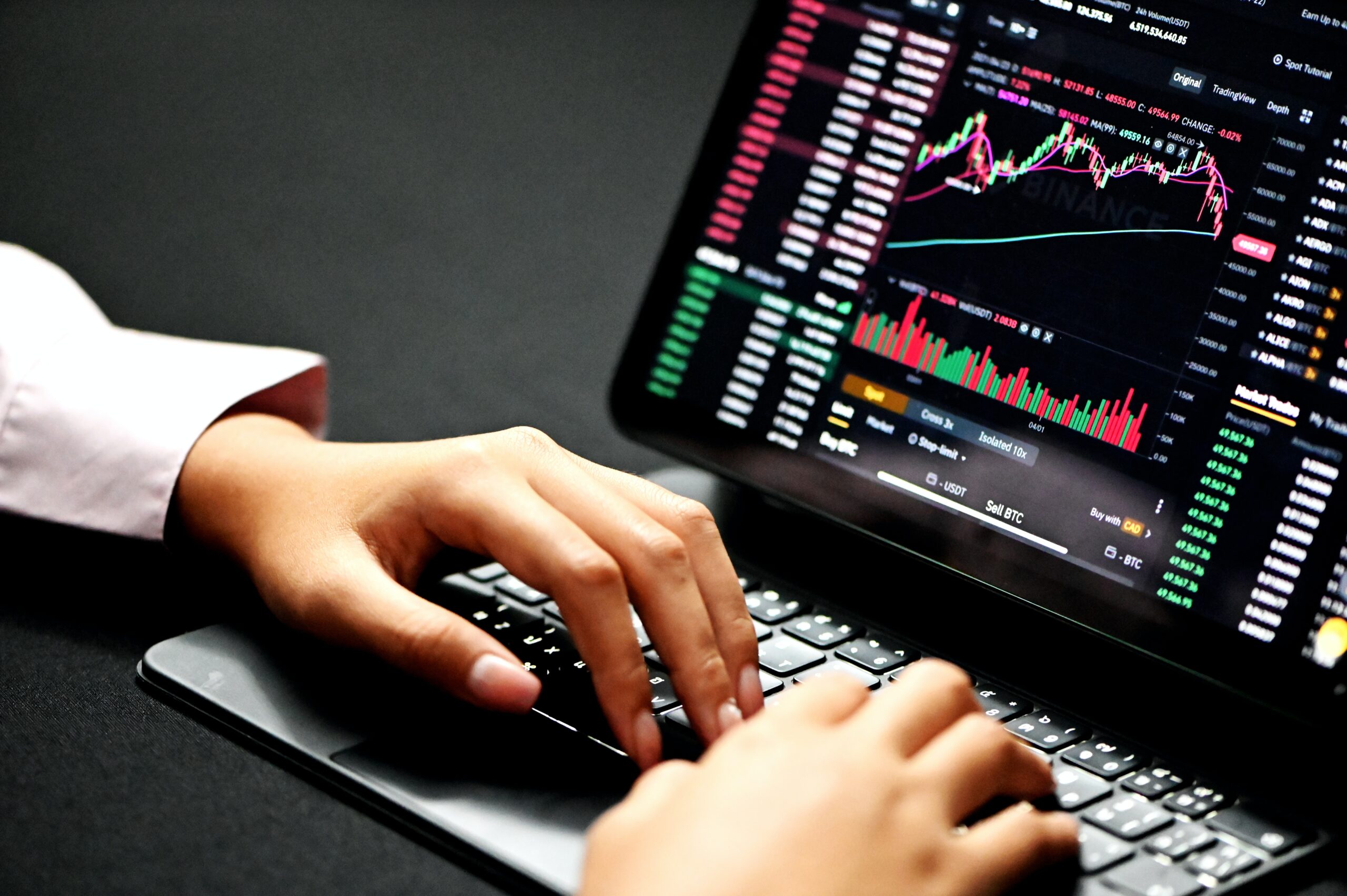
Why Options Spreads?
Options present a unique potential benefit to the end user that relates back to leverage. Each contract represents 100 shares of stock, meaning the trader experiences higher risk-to-reward ratios with smaller outlays of cash than buying the actual stock. While this means there is greater potential upside, there is also greater potential risk, so it’s very important for the trader to understand the dynamics of the trade before they hit ‘execute’. Options can be played on both sides of the market, in the form of calls (options that profit when the stock goes up) and puts (options that profit when the stock goes down).
2. Lower Breakeven
Because the price is lower to enter the position than a single call or put, the breakeven point – the price at which the positions will start to turn a profit – is much lower. This means that, over time, more options spreads will finish profitable than single calls or puts.
Options spreads have defined outcomes on both sides of the trade. Your maximum loss is equal to what you pay to get into the position*, and you know your maximum gain on the position. This helps frame potential outcomes and may lead to better decision making.
Volatility, delta, theta, gamma… these difficult to grasp options concepts can significantly affect the price and profitability of options. Because spreads contain both long and short options, there is a significant offset to these factors, meaning there is less impact to your trades.5. Ability to Trade Either Side of the Market
Options spreads can be profitable if the market is going up or down. Whether you think the market is overpriced or undervalued, you can trade your opinion just as easily, without the same risks as shorting a stock.*there are rare scenarios where options spreads can ultimately result in a loss higher than the cost to enter the position. Optionality has automated processes to help ensure that this doesn’t happen, but in the market there are no guarantees!.

Alec Baum
CEO & CoFounder
Disclaimer: Equities, equities options, and commodity futures products and services are offered by Lightspeed Financial Services Group LLC (Member FINRA, NFA and SIPC). Lightspeed Financial Services Group LLC’s SIPC coverage is available only for securities, and for cash held in connection with the purchase or sale of securities, in equities and equities options accounts. You may check the background of Lightspeed Financial Services Group LLC on FINRA’s BrokerCheck.
All investments involve risk and past performance of any security does not guarantee future results or returns. Please refer to our fee schedule for a complete listing of relevant charges. System response, trade executions and account access may be affected by market conditions, system performance, quote delays and other factors. The risk of loss in electronic trading can be substantial. This is not an offer or solicitation in any jurisdiction where we are not authorized to do business. Optionality makes no guarantee as to the currency, accuracy, or quality of information published and/or archived on the platform, nor will Optionality accept any responsibility for other organizations, businesses, and private persons that provide information on this platform. All information on the platform regarding products and services provided by Optionality is subject to change without notice. Optionality is not responsible for misprints, out of date information, or errors. Optionality does not provide any financial or investment advice.
Terms: “call spread,” “Expires” “positions” “71% positive” (pie chart) “positive snippets” and “negative snippets.”
“*Pre-packaged spreads are option spreads formed by our algorithm and offered as a package.”
“A bull call spread is an options trading strategy designed to benefit from a stock’s limited increase in price. The strategy uses two call options to create a range consisting of a lower strike price and an upper strike price. The bullish call spread helps to limit losses of owning stock, but it also caps the gains.”
“An expiration date in derivatives is the last day that derivative contracts, such as options or futures, are valid. On or before this day, investors will have already decided what to do with their expiring position.”
“Positive and Negative Snippets are a proprietary output from our partner Stocksnips that aggregated the total amount of media mentions of a certain stock and takes the percentage of those that are positive or negative, as in the example shown above referencing 71% positive”
“As with all your investments, you must make your own determination as to whether an investment in any particular security or securities is right for you based on your investment objectives, risk tolerance, and financial situation.” · “0.50 per contract”
*Options trading involves a high degree of risk and may involve total loss of investment. Options spreads, specifically, offer the benefit of projected maximum gain and loss positions (defined above as “defined risk trades” and “defined outcomes”, but in rare situations may result in gain/loss in excess of the projected cap. Optionality has several mechanisms to greatly reduce these occurrences, but we cannot guarantee they will never happen. For more information on options, Please read Characteristics and Risks of Standardized Options before deciding to invest in options.
